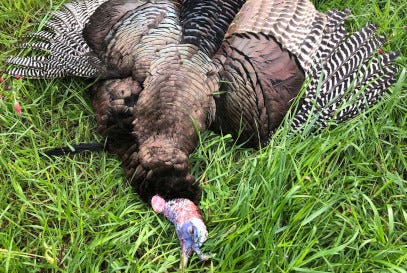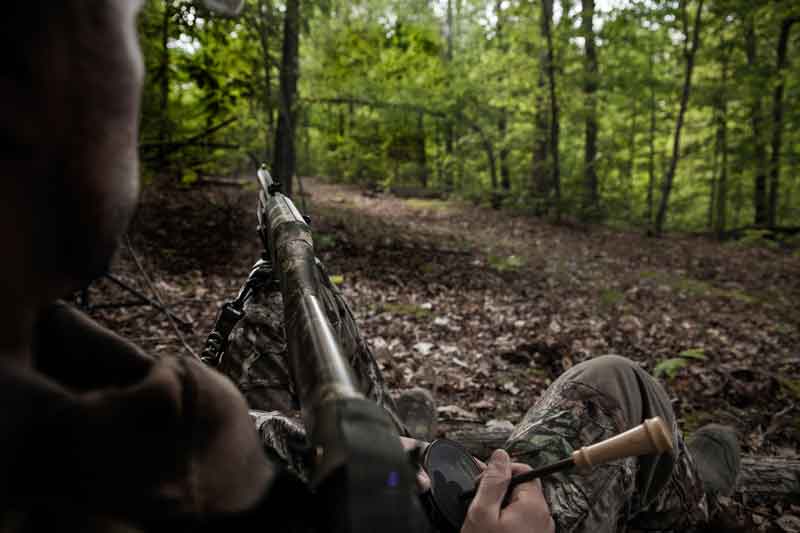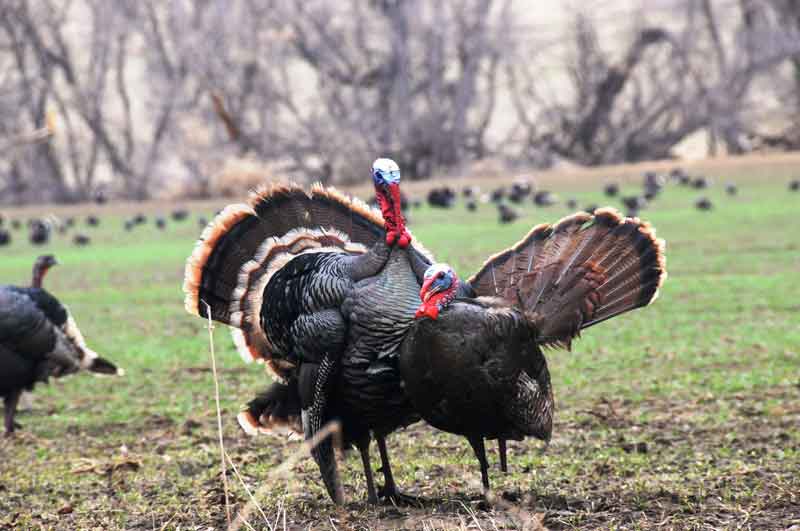- Aug 20, 2013
Grunt Call Tips
Learn to master the grunt call and you will find yourself standing over more wall-hanger bucks this season.
The one call that no serious deer hunter should ever leave at home during the fall is the old reliable grunt tube. Your grunt call is a highly-effective tool that can generate shot opportunities from opening day until the end of season. If you want to consistently shoot bigger and better bucks, then you definitely need to fine-tune your calling skills and learn to master the grunt call. Here are some calling tips that will help keep you right in the middle of all the action this season.
Social or Contact Grunts - are basically a contact vocalization that is not assertive or aggressive in nature. It is frequently used by both does and bucks, especially during the early segments of season before the rut kicks into full-swing. A single muffled grunt with no emotion can be very effective throughout the early pre-rut and late post-rut transitional periods when bucks and does are traveling together in same-sex groups.
Dominant Buck Grunts - has a much deeper pitch than that of a young buck or doe. It almost has an angry or agitated tone that is meant to threaten or challenge other males. This vocalization is perfect for the late pre-rut, rut and secondary rut transitional periods.
Tending Grunts - a series of muffled grunts that bucks generally make while trailing or actively pursuing an estrous doe. It often sounds like the buck is out-of-breath or trying to catch his breath in between grunts. Tending grunts are a buck’s way of asking the doe to stop and breed. This type of vocalization can be deadly during the breeding periods of the rut and secondary rut.
| Vocalization | Translation | Choose the Right Call | Click to Listen |
| Doe Grunt | A doe's way of making contact. It basically says "hello" or "come over here." Great social and contact call to use during the early pre-rut and late post-rut periods. | Knight & Hale's Death Chamber (dial turned to doe grunt) |
|
| Buck Grunt | Has more bass and much deeper pitch than a doe grunt. At a normal tone, it's simply his way of saying "Hello, I'm here" or "come over here." Great early-season and post-rut social call. | Death Chamber or EZ Grunter (call can be tuned and adjusted to make every type of grunt) |
|
| Doe Bleat | Mature does use bleats to keep their family groups together or call to fawns. They're saying, "Come to me." This vocalization works well during the early pre-rut when does are accompanied by fawns. | EZ Doe Bleat Plus or Death Chamber (dialed to doe bleat setting) |
|
| Dominant Buck Grunt | Is loud and much more assertive than a standard grunt. Bucks are saying, "Hey, this is my turf" or "we're about to fight, if you don't leave." Dominant grunts are deadly during the late pre-rut, rut and secondary rut periods when bucks are agitated and territorial. | Da' Bone, Death Chamber or EZ Grunter | |
| Snort Wheeze | Consists of a couple short burst of air followed by one long burst. Bucks that make this vocalization are enraged and irritated. They typically snort wheeze when warning or challenging other bucks to fight. Works best during the late pre-rut, rut and secondary rut. | Death Chamber (snort wheeze tube) |
|
| Tending Grunts | A series of almost muffled or exhausted grunts that are made when a buck is chasing or pushing a hot doe. He is saying, "Stop moving so we can breed." Works throughout the rut and secondary rut periods. | EZ Grunter Xtreme produces a hyperventilating grunt that sounds just like a buck tending or pushing a doe. |



